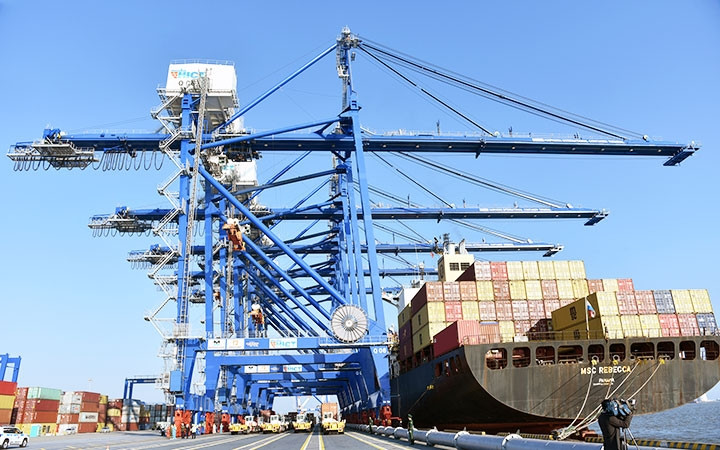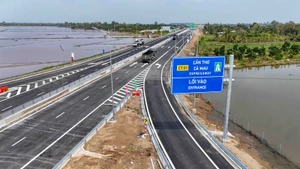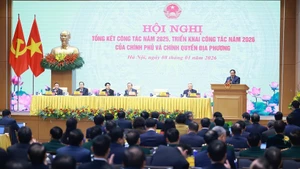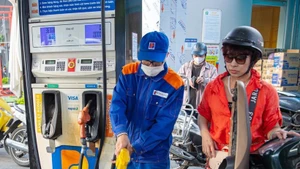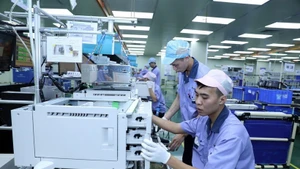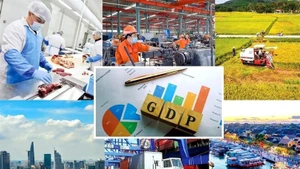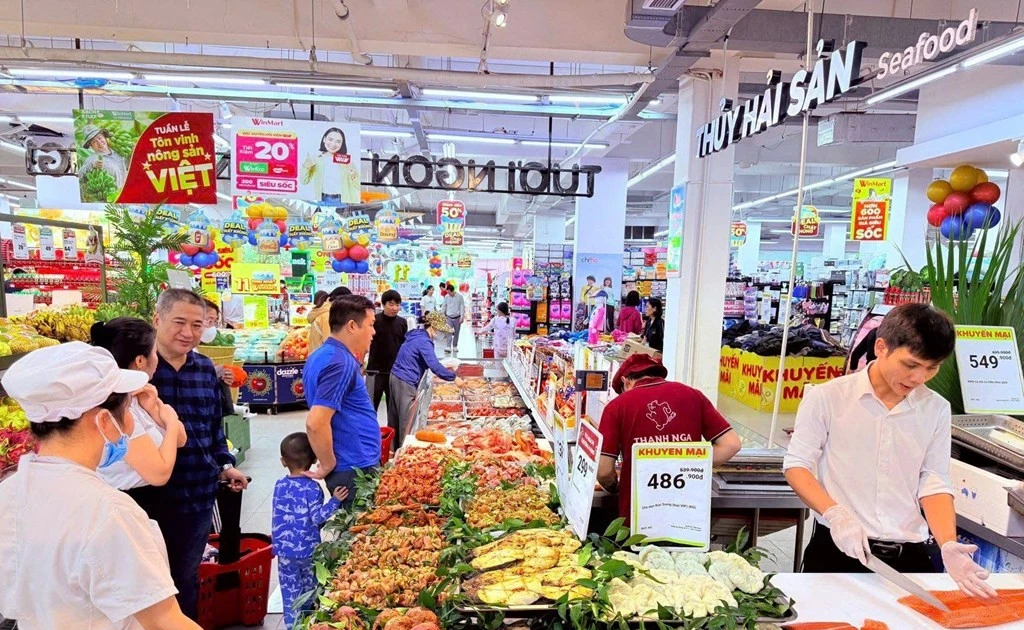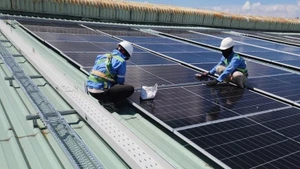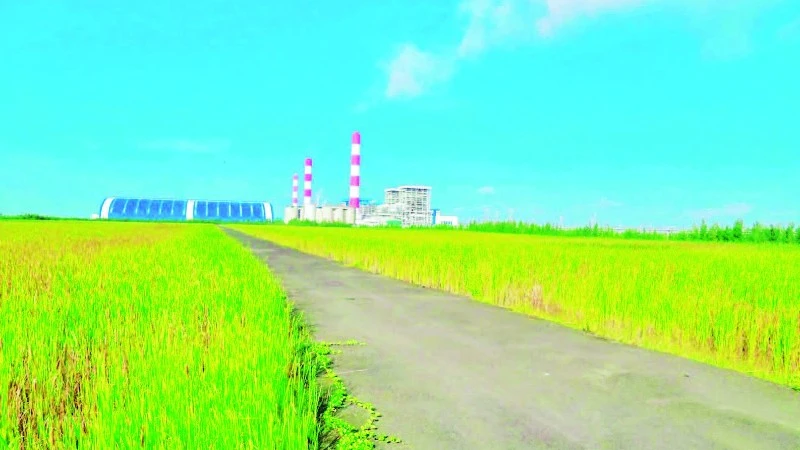In the context that the outbreak of the COVID-19 pandemic is disrupting the world supply chain, affecting most of the economies in addition to the emerging trend of trade protectionism, the RCEP marks an important milestone in the process of economic integration of Vietnam, and at the same time bringing many benefits both in the short term as well as in the long term.
As an initiative of ASEAN and began to be negotiated since 2012, many ASEAN Chair countries in recent years have set the goal of completing the signing of the RCEP, but have not been successful due to the failure to resolve a series of problems in negotiations. When taking on the role of ASEAN Chair in 2020, Vietnam and ASEAN actively discussed with partner countries to find solutions to handle outstanding issues.
The fact that RCEP was signed when Vietnam was holding the role of ASEAN Chair and Chair of the RCEP Ministerial Conference was highly appreciated by the international community in general and ASEAN member countries in particular, demonstrating Vietnam's great contribution to shaping new cooperation mechanisms as well as rules of the game in the region, strengthening the country’s position in the international arena.
Not just an opportunity to open the market
According to economic expert Vu Dinh Anh, the RCEP marks a very important milestone in the process of international economic integration of Vietnam. That is, Vietnam have changed from a position of having to lobby to join Free Trade Agreements (FTAs) to a role of participating in setting up institutions.
In the face of a volatile world situation, which has caused many supply chain disturbances in recent years, the formation of the world’s largest free trade area under the RCEP will create a stable and long-term export market for Vietnam, thereby contributing to the implementation of the policy of building an export-oriented production.
According to Director General of the Multilateral Trade Policy Department under the Ministry of Industry and Trade Luong Hoang Thai, the implementation of RCEP also helps create a legally binding framework in the region on trade, investment, intellectual property, and trade policies, e-commerce, dispute settlement, contributing to creating a fair trade environment in the region.
According to a number of independent studies, such as those of the World Bank (WB), proactively reforming and simplifying administrative procedures and creating an open business environment will bring more value to the Vietnam’s economy rather than the benefits from directly opening the market of other countries, giving Vietnam the opportunity to become a reliable destination for international investors in the long run. At the same time, this process will also help strengthen the competitiveness of domestic manufacturing enterprises, creating momentum for Vietnam to participate more deeply and stably in value chains.
In addition, the extension of RCEP compared to existing ASEAN+1 FTAs is to allow member countries to apply the principle of accumulation of originating materials in the whole bloc. This is a very beneficial factor for countries that have to import a lot of raw materials like Vietnam, helping domestic enterprises to optimize production based on diversified supply and expand export markets.
For example, Vietnam can import agricultural and aquatic products from Australia, New Zealand, etc. to process and then export to Japan and the Republic of Korea. While for countries that already have a production background with a high localization rate with many products like China, the above advantage will not be significant.
Facing concerns that joining the RCEP will help foreign goods flood the domestic market, Thai also said that Vietnam already has the ASEAN Trade in Goods Agreement (ATIGA) with ASEAN countries as well as FTA agreements between intra-ASEAN and RCEP partner countries. Therefore, the process of tariff liberalisation between Vietnam and other ASEAN countries has been carried out for more than 20 years, and with partner countries for about 15 years.
Meanwhile, with the RCEP, Vietnam does not commit to market opening higher than commitments in ATIGA and ASEAN+1 FTAs. Therefore, the implementation of the RCEP will not create a shock on tariff reduction for Vietnam, nor will it have the additional impact of flooding the domestic market with foreign goods.
Overcoming challenges, well exploiting benefits from the RCEP
Of course, like other FTAs, the opportunities that RCEP brings will also go hand in hand with difficulties and challenges. Nguyen Anh Duong, Head of the General Research Department under the Central Institute for Economic Management (CIEM), said that in the context that the economy is recovering from the impact of the COVID-19 pandemic, the RCEP will have great impacts and opportunities on the Vietnamese economy. The opportunity offered by the RCEP is to help the economy increase exports to some major economies, participate more deeply in global value chains, etc.
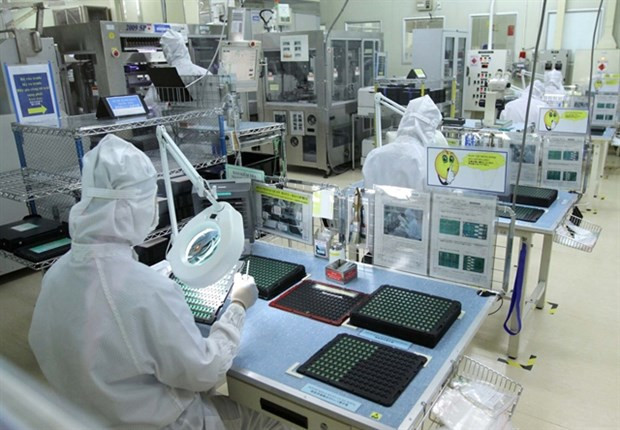
Phones and electronic products were the top export products of Vietnam (Photo: VNA)
However, this Agreement will also bring many challenges in terms of trade such as imports from the member countries in RCEP, difficulties in responding to new barriers and regulations. RCEP may also lead to competitive pressures on Vietnamese goods and services when the characteristics of economies in the RCEP region show that many partners have similar product structure to Vietnam, but their competitive capacity is stronger.
Meanwhile, the quality and value-added content of most Vietnamese products are still modest. In addition, currently, Vietnam's production inputs still depend to a certain extent on import sources, its ability to improve its position in the regional value chain as well as its participation in providing global trade and services is quite limited.
Therefore, according to Duong, in order to make good use of the benefits brought by the RCEP, Vietnamese enterprises need to carefully study the commitments of the agreement such as the roadmap to reduce and eliminate tariffs on Vietnamese goods and of countries participating in the RCEP, rules of origin, commitments to open markets in the fields of services and investment, regulations on customs procedures, trade facilitation, etc.
At the same time, it is necessary to actively grasp and prepare for the adverse effects caused by the RCEP, especially the increased competition in the domestic market. Regarding policy implementation, it is necessary to harmonise industry-investment-trade policies, not separate from existing FTAs such as CPTPP, EVFTA.
Chief of Office at the National Steering Committee on International Integration in Economy Trinh Minh Anh commented that businesses need to have two strategies. In the short term, they should prepare themselves for a “defensive strategy” to strengthen the market in the country, by improving the quality of goods and accurate brand recognition. Meanwhile, an “attack strategy” should be devised to expand the export area, and businesses need to develop a plan to open the market, especially for markets that are familiar with advantageous products.
In fact, when Vietnam started joining agreements of the ASEAN in 1996 or the World Trade Organization (WTO) in 2007, it was also assessed as having a low level of economic development compared to many other countries. But up to now, Vietnam have stood firm, even affirmed its good position in export and attracting foreign investment.
In the “home yard”, the proportion of imported goods in the retail system in the recent integration period did not increase significantly, while the proportion of domestic goods increased sharply, even accounting for the majority of goods in circulation in the market. Obviously, Vietnamese enterprises have gradually adapted to the process of the international economic integration, becoming more and more proactive in improving their competitiveness.
Vietnam is now also participating in many other “playgrounds” with a much higher degree of integration and friction than the RCEP such as the CPTPP or the EVFTA. Along with the country continuing to have strong reforms in administrative procedures, creating favourable conditions for production and business activities and improving the investment environment, Vietnamese enterprises will certainly step by step overcome existing challenges to exploit the benefits brought by the RCEP.
“With careful preparation, especially the growth of the business community in the past time in overcoming challenges and taking advantage of opportunities, I fully believe that when implementing the RCEP, Vietnam will continue to maintain stability as well as take new development steps,” said Director General of the Multilateral Trade Policy Department under the Ministry of Industry and Trade Luong Hoang Thai.
